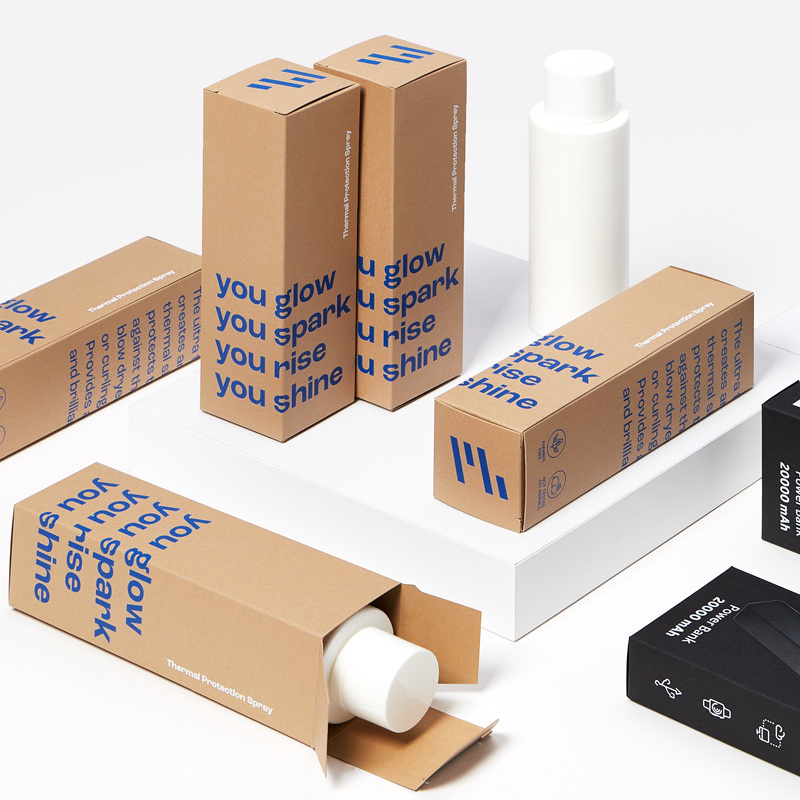Biodegradable Food Packaging A Sustainable Solution for Our Planet
In recent years, the global concern for environmental sustainability has reached unprecedented levels. As awareness about plastic pollution and its devastating effects on ecosystems increases, industries are urgently seeking alternatives. One of the most promising developments in this arena is biodegradable food packaging. As a solution that not only protects food but also minimizes environmental impact, biodegradable packaging is rapidly gaining traction in the food industry.
Biodegradable packaging refers to materials that can decompose and break down by natural processes, typically through the action of living organisms such as bacteria, fungi, and other natural agents. Unlike traditional plastic, which can take hundreds of years to degrade, biodegradable materials are designed to do so within a short timeframe, often within a few months to a couple of years, depending on conditions. This property makes biodegradable packaging an attractive alternative for food products, as it can significantly reduce the volume of waste that ends up in landfills and oceans.
One of the most widely used biodegradable materials in food packaging is made from plant-based sources, such as corn starch, potato starch, and biodegradable polyester. These materials are derived from renewable resources, making them more sustainable than petroleum-based plastics. In addition to being biodegradable, these materials often exhibit similar properties to their conventional counterparts, including durability, flexibility, and barrier capabilities against moisture and oxygen. This means that they can effectively protect food products while also making a positive contribution to environmental preservation.
The food industry has traditionally been heavily reliant on single-use plastics due to their convenience and low cost. However, the rising awareness of the harmful effects of plastic pollution has prompted consumers and businesses alike to seek out more sustainable options. Many companies are now investing in biodegradable packaging solutions as part of their commitment to sustainability. Leading brands and startups are innovating by developing eco-friendly packaging that not only meets regulatory standards but also appeals to environmentally conscious consumers.
biodegradable food packaging

Moreover, legislative changes in many countries are encouraging the transition to biodegradable and compostable packaging. The European Union, for example, has set ambitious targets to reduce plastic waste and promote more sustainable practices. These regulations are helping to drive the demand for biodegradable materials, pushing manufacturers to adapt their production methods and invest in sustainable alternatives.
Despite the benefits, there are challenges associated with the widespread adoption of biodegradable food packaging. One primary concern is the infrastructure required for effective composting and biodegradation. While biodegradable materials can break down in the right conditions, such as within industrial composting facilities, they may not do so effectively in typical landfill environments. This calls for improved waste management practices and increased access to composting facilities to ensure that biodegradable packaging can fulfill its environmental promise.
Another challenge is consumer awareness and education. Many people remain unaware of the differences between biodegradable, compostable, and recyclable materials. A lack of understanding can lead to improper disposal practices, undermining the potential environmental benefits. Companies and NGOs play a vital role in educating consumers about the importance of sustainability and how to properly dispose of biodegradable materials.
In conclusion, biodegradable food packaging presents a promising solution to combat plastic pollution and promote sustainability in the food industry. By shifting away from conventional plastic packaging towards biodegradable options, we can significantly reduce waste and lessen our environmental footprint. As technology advances and consumer awareness increases, the potential for widely adopted biodegradable packaging continues to grow. It is paramount that businesses, governments, and consumers work together to create a sustainable future, making conscious choices that respect our planet. By prioritizing biodegradable materials, we can pave the way for a cleaner and healthier environment for generations to come.



